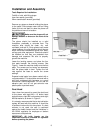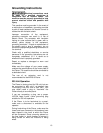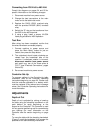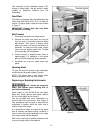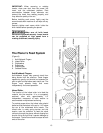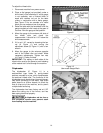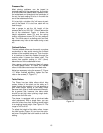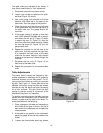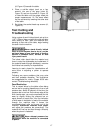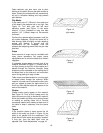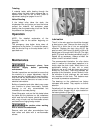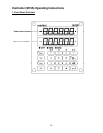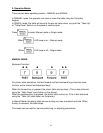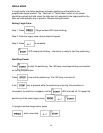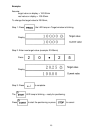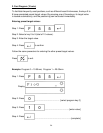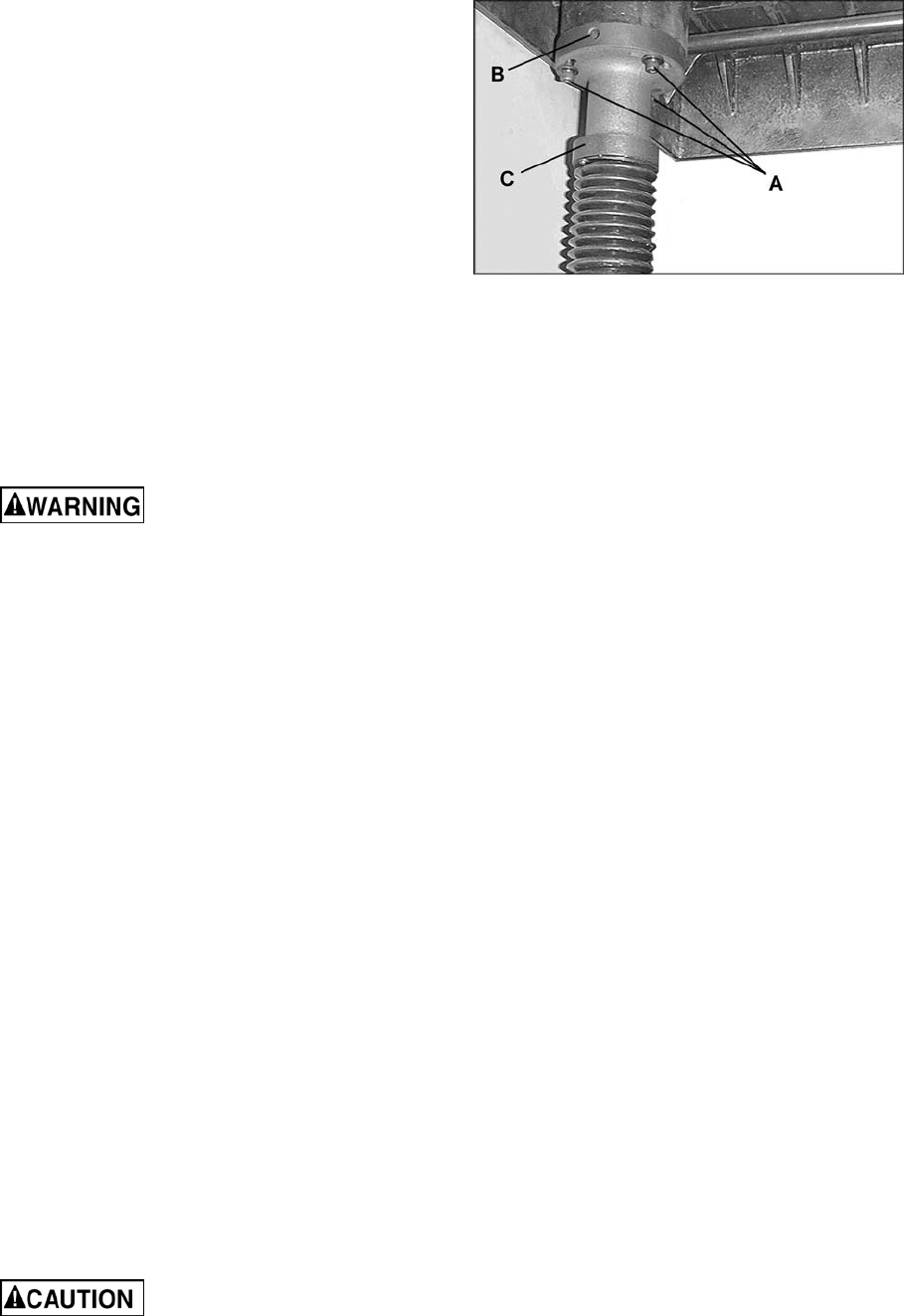
17
(A, Figure 15) beneath the table.
4. Place a rod-like object (such as a hex
wrench) into one of the open holes (B,
Figure 15) and turn the shaft (C, Figure 15)
to raise the table until the gauge reads the
proper measurement. Or, the same effect
can be achieved by lowering the other side
of the table.
5. Re-tighten the socket head cap screws (A,
Figure 15).
Test Cutting and
Troubleshooting
Using a piece of semi-finished stock, set up for a
1/16” (1.59mm) deep cut with the quick-set table
roller setting at zero. Start the machine and,
standing to one side of the table, begin feeding
the stock into the machine.
Never stand directly behind
stock or allow anyone else to do so, and do
not bend down to see how stock is feeding.
Should a kickback occur, serious or fatal
injury could result.
The infeed roller should take the material and
force it under the chipbreaker and cutterhead. If
the material feeds through effortlessly, examine
the finished cut carefully for imperfections.
Learning to read a board for imperfections will
save hours in adjusting a planer to operate
properly.
Following are some problems that may arise
and their probable remedies. The illustrations
are exaggerated for clarity. (Pages 36-38 also
contain Troubleshooting remedies).
Feed Restriction
This is caused either by the table rollers being
set too low for roughing operations or from a low
pressure bar. About 90 percent of the time, the
pressure bar is too low. As the sharp edge of the
knife inserts wear, you must compensate for this
wear by slightly raising the pressure bar an
equal amount on each side. Your first indication
of knife wear is hesitation in feed of the material
through the machine after it leaves the
corrugated infeed roller on its way out of the
machine. Disconnect machine from power
and adjust the pressure bar accordingly. The
material will free up and feed through smoothly
when the planer is restarted.
Never attempt pressure bar
adjustment while the machine is connected
to power.
Figure 15



